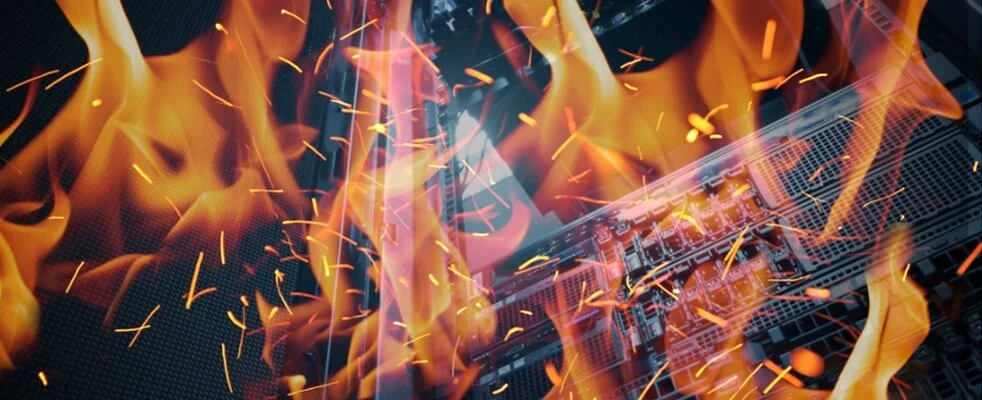
OVH Data Center Fire
A Massive fire broke out in OVH Data Center in Strasbourg, France on March 10, 2021 resulting in thousands of websites and businesses shutting down.
A Massive fire broke out in OVH Data Center in Strasbourg, France on March 10, 2021 resulting in thousands of websites and businesses shutting down. The fire was brought under control but not before completely damaging the datacenter. Fortunately, there are no reports of any human casualty because of the fire.
This brings us to an often asked question in event of such disasters. Could this have been prevented? The answer is no and yes. No, because data centers have to and will take all necessary precautions to avoid such accidents and disasters. However, nobody can ever know when some fatal accident may occur resulting in failure of all the arrangements. So, in a way, one cannot completely rule out chances of such disasters not occuring. But then how does disaster can be prevented? No one can completely prevent the disasters but can always be ready for such emergencies by adopting strategies like Disaster Recovery and Backup.
For any business that deploys IT Infrastructure for ease of business, a Disaster Recovery Plan is very important. Even a downtime of a few hours may result in huge losses. Disaster Recovery Plans should be part of IT Infrastructure deployment. Many of the companies who have servers in the Strasbourg datacenter of OVH did not have a Disaster Recovery site and they were the ones who were the most affected. Those companies who already had Disaster Recovery sites in other locations had peace of mind as their business was conducted as usual. Disaster Recovery can either be Active-Active or Active-Passive. Active-active architecture is optimized for uptime. In this setup, the secondary servers are synced with the primary servers and whenever the primary server is down, the application traffic automatically fails over to the secondary server and the secondary server becomes the new primary server. Once the primary server is back online, you can failback to the primary server automatically and the replication continues. Active-passive architecture is less complex. In this setup, you set up a cron job or scheduler to copy the data from the primary server to the secondary server. This setup is easy to manage but there is usually some downtime and this architecture can be adopted if some downtime and data loss is acceptable. This architecture is less expensive but also involves manual intervention.
While Disaster Recovery Plans are vital for any organization’s business continuity, backups are equally important. Many organizations who adopt Disaster Recovery Plans often make the mistake of ignoring backups assuming that the Disaster Recovery will ensure data security. Backup should always be a part of IT Infrastructure setup irrespective of whether you adopt Disaster Recovery plans or not. It is always advisable to opt for 3-2-1 backup strategy. 3-2-1 simply means keeping 3 copies of data. To simplify the concept, it means you should have at least 2 copies of the data in different storage media and 1 copy on an offsite storage. So, even if there is a disaster like fire which can wipe off the data from the locate storage media, the offsite copy of the data means you don’t lose it. Also, keeping local copies help to quickly restore data in simple events like accidental deletion of data or hard drive crash. Though backup helps you to be back in business quickly with the availability of data.
The OVH accident has once again shown the importance of having a Disaster Recovery and a Backup Plan to minimize business losses due to unseen emergencies.


